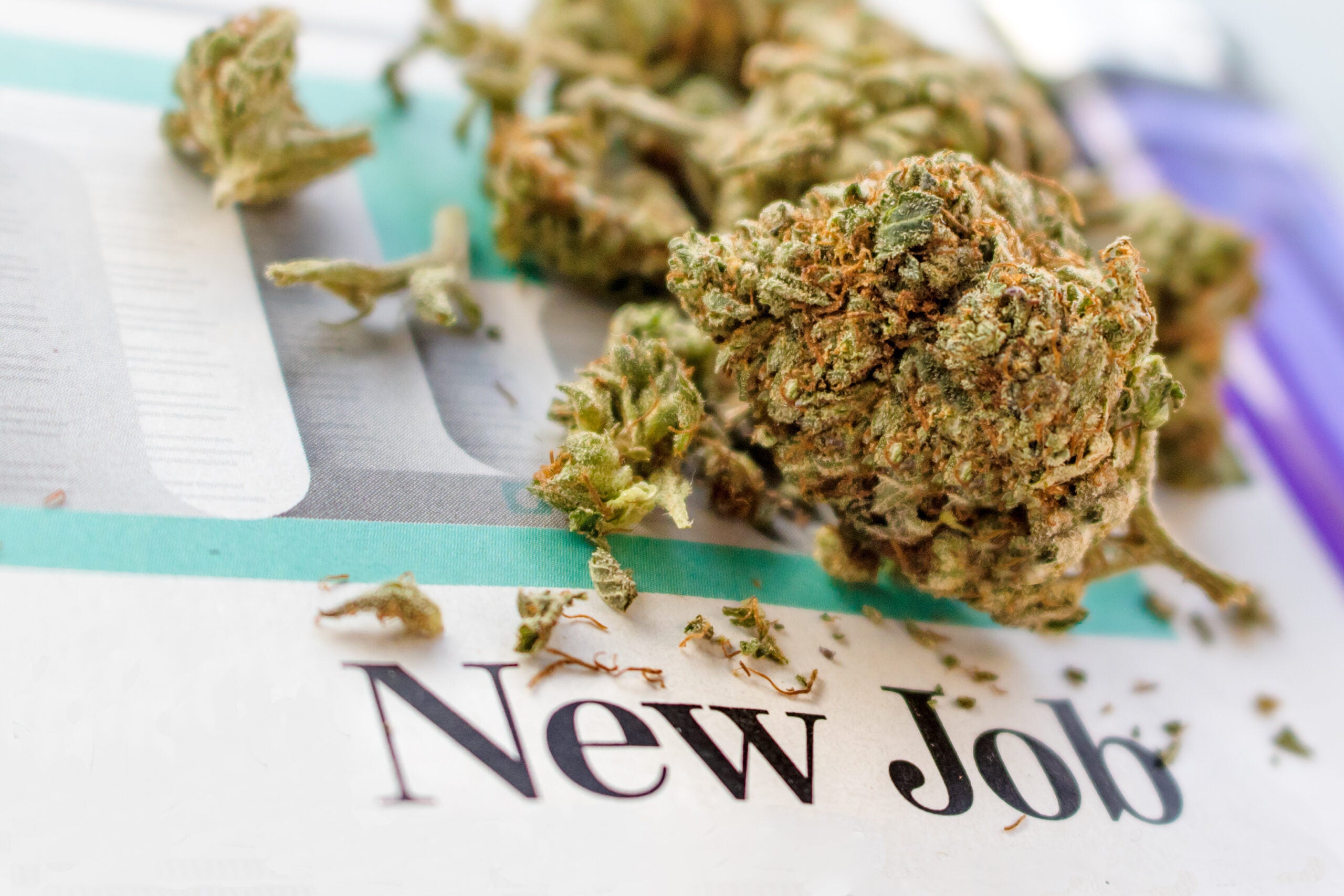The effects of the COVID shutdown caused a tectonic shift in the American workplace. Forced out of their routines, many workers realized how unhappy they were at work. Presented with an open landscape for their work-life, they left.
Typically referred to as “The Great Resignation,” the U.S. Bureau of Labor Statistics reports that a record-breaking 4.3 million Americans left their jobs since August 2021. And while retail and hospitality industries were hit the hardest, the cannabis industry has suffered the least.
The marijuana sector saw more than 77,000 new jobs added for a 32% growth in employment. There are many potential explanations. The cannabis industry is still new and offers lots of opportunities; the innovative culture is attractive; these newer companies are often less set in their ways and are simply more fun to work for.
Simply being “fun,” though, isn’t enough to maintain a strong employee-employer relationship. Employers need to prioritize employee engagement. Beyond salary or success, it’s about sparking the employee’s commitment to their work and the company’s mission, values, and goals. Without it, employees become disengaged. And now, thanks to the upheaval of COVID, they feel more empowered to leave.
Engaging employees requires different tactics at every company. In the cannabis industry, you may find employees so enamored with glass bongs, weed vials, or shatter packaging that they stay engaged for years. But typically, other techniques are needed.
For many, employee engagement involves encouraging a future-forward mindset and can be distilled into three categories: Head, Heart, Hands.
Head: Being exposed to information, knowledge, and training helps you succeed. Employers must invest in their employees by spending time and helping them cultivate their talents and expertise. Once you understand their ambitions and goals, you can challenge and encourage them to achieve them.
Heart: Consider how you build meaning in your leadership. Does it translate and carry over to the professional lives around you? Pay attention to how the people on your team manifest their passions personally and professionally. You’ll strengthen employee engagement if you understand how to connect them.
Hands: Be conscious of the changes you can implement and the ones you can’t. There will be opportunities to direct challenging tasks and projects to your team. Ideally, those projects will allow team members to develop their leadership skills.
Being in tune with your employees and providing them with appropriate challenges keeps them inspired and engaged. Employee engagement leads to customer loyalty – because dedicated employees are invested in the customer who drives their loyalty.
Employee engagement is an essential predictor of company performance – even during harsh economic conditions. And that’s why leaders should pay attention.
As COVID variants continue popping up, it’s clear we aren’t out of the woods yet. There may be future lockdowns, businesses closing and reopening, or some closing for good.
Employee engagement is crucial for high performance and business growth, and it’s critical to keep your employees invested during ambiguous and trying times. It may surprise you how quickly you grow with a future-forward mindset and use your head, heart, and hands to improve employee engagement.














Leave a comment
All comments are moderated before being published.
This site is protected by reCAPTCHA and the Google Privacy Policy and Terms of Service apply.